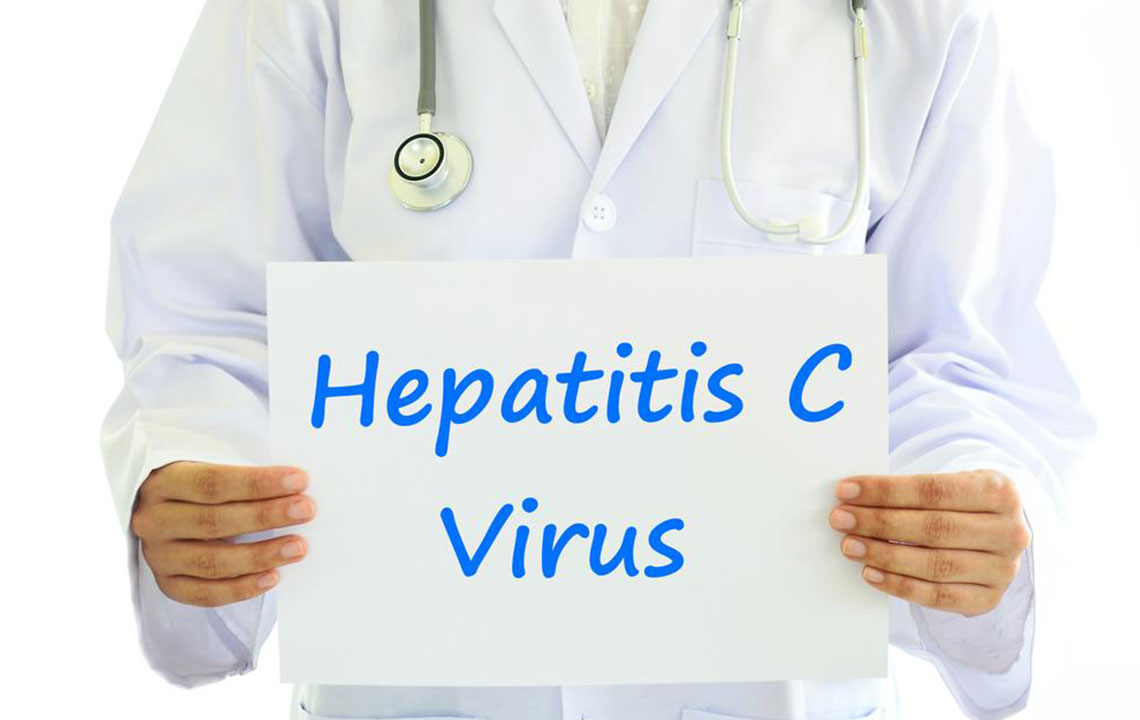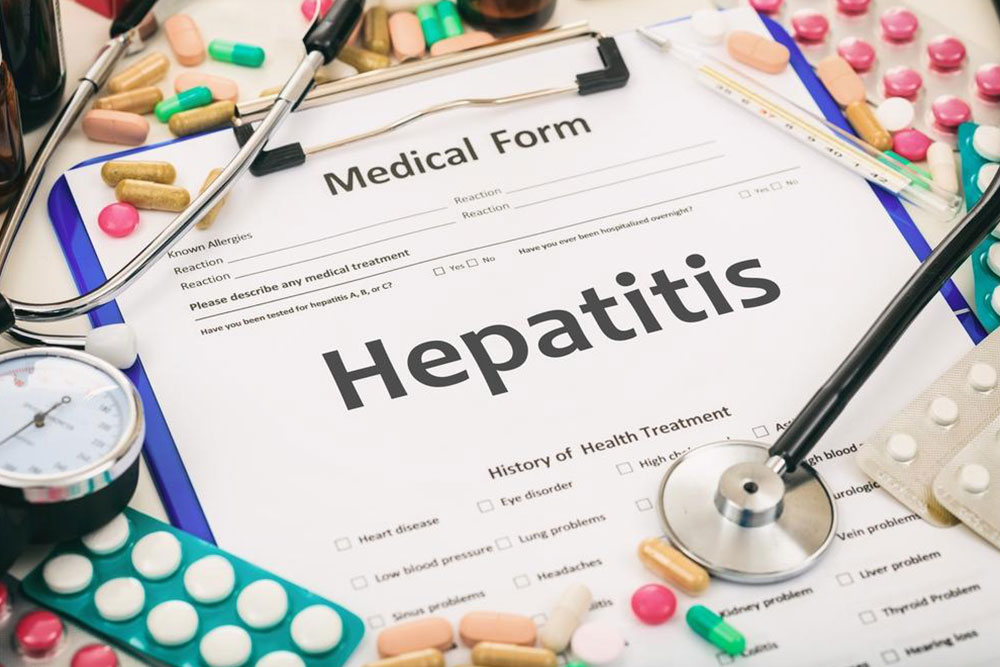Essential Signs and Symptoms of Hepatitis C You Should Recognize
This article highlights key signs and symptoms of hepatitis C, emphasizing early detection and prevention. It covers the differences between acute and chronic stages, warning signs like jaundice, dark urine, and liver complications. Regular testing and avoiding risky behaviors are crucial to reduce risks. Understanding these symptoms helps in timely diagnosis and treatment, preventing severe liver damage or cancer. Recognizing hepatitis C early saves lives; stay informed about its signs and take preventive steps for better health safety.
Essential Signs and Symptoms of Hepatitis C You Should Recognize
Hepatitis involves inflammation or swelling of the liver, often caused by viruses, alcohol abuse, smoking, or drug use. Transmission commonly occurs through sexual contact. Hepatitis is categorized into three types: A, B, and C. While A and B are treatable, Hepatitis C remains deadly due to the lack of an original vaccine, though recent medical advances have introduced effective treatments. It’s a contagious illness that can remain hidden for weeks or months, emphasizing the importance of knowing its early warning signs.

Transmission occurs when infected blood contacts healthy blood. Hepatitis C divides into acute and chronic phases. The CDC estimates roughly 2.7 to 3.9 million people in the US carry the chronic form, with a high percentage developing long-term complications. Symptoms may not appear immediately, delaying diagnosis. Recognizing early signs of Hepatitis C is critical because the virus can cause severe liver damage if untreated.
Common initial symptoms include loss of appetite, nausea, and fatigue. Fever and joint pain may also be experienced. More serious signs, such as jaundice—yellowing of skin and eyes—dark urine, and pale bowel movements, indicate significant liver impairment.
Chronic Hepatitis C can lead to cirrhosis, characterized by liver scarring, water retention, easy bruising, and bleeding tendencies. Long-term infection increases the risk of developing liver cancer. Regular health screenings, avoiding risky behaviors like unprotected sex, drug use, and excessive alcohol consumption, are vital preventive measures.









